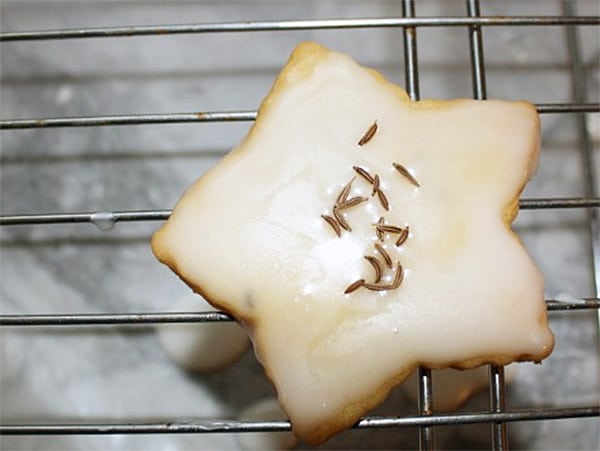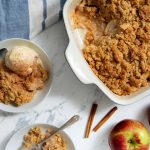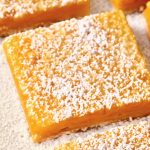Desserts
Lemon-Glazed Caraway Christmas Cookies
I have a new favorite Christmas cookie, a sweet little biscuit flavored with lemon and caraway seeds and finished with a lemon glaze. Even better, the recipe takes us way back to the very beginning of American cooking. In fact, it has its roots in the first cookbook ever published here. The First Christmas “Cookey” […]

Coffee By Design | Portland, Maine
Photo Credit : Katherine Keenan







This recipe is adapted from the oldest known cookie recipe in America. It is also one of the best cookie I have tasted. I did not use cookie cutters but rolled the dough into logs and stored them for about 30 minutes in my freezer. I then sliced them to bake, finally topping them with the glaze. Delicious.